It is never too early to start teaching children how to take care of the planet. This activity is all about how we can reduce water pollution by composting, recycling, and reducing our waste. It is important that we keep the rivers, lakes, and oceans healthy. This activity is best done outside because it will most likely cause a mess!
Materials: Bucket of water, dirt, dried leaves, food colouring, and a spoon.
Step 1) Fill up the bin with water. Show your child how it is clean.
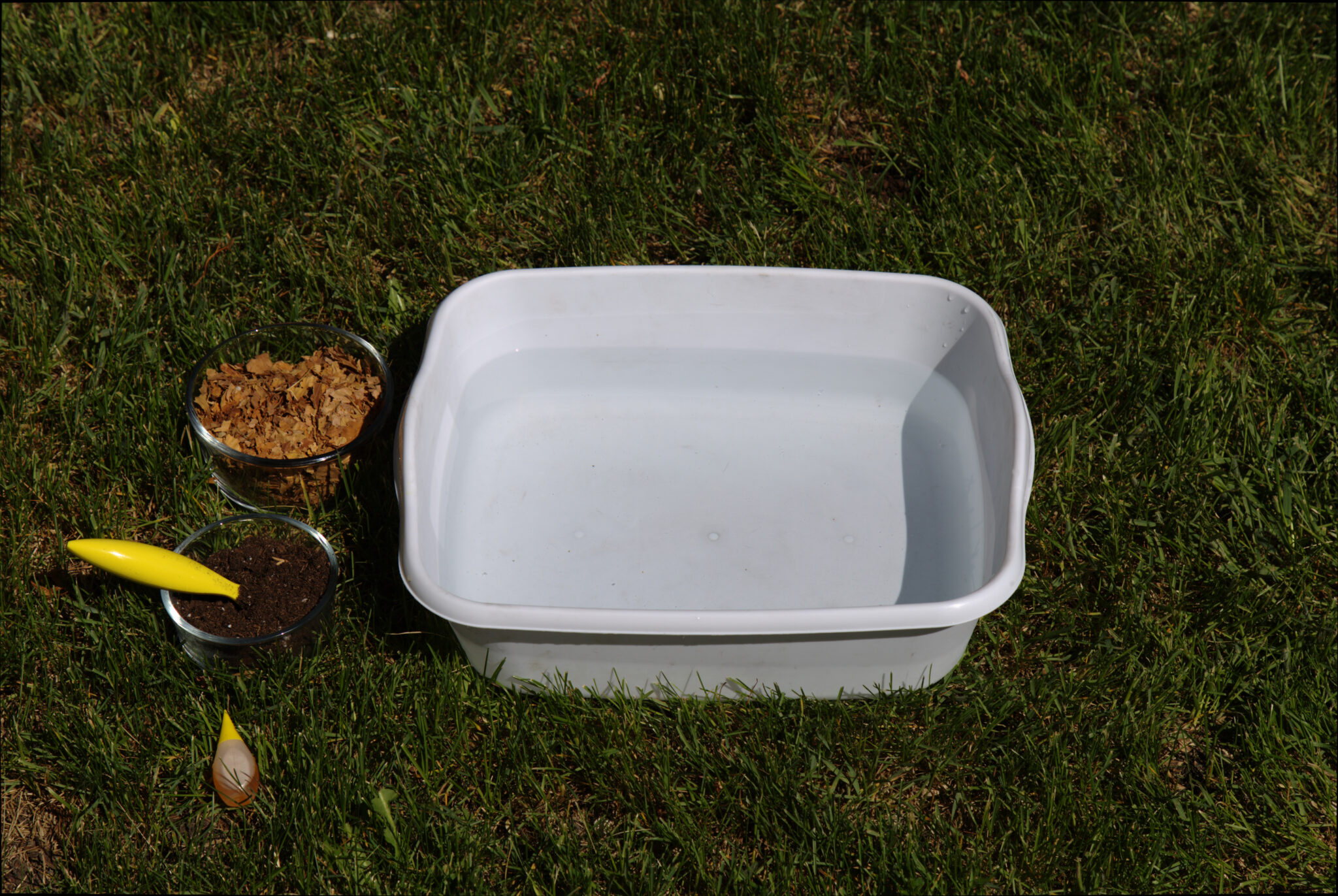
Step 2) Put in the grass/woodchips/leaves. Tell the child that this is like garbage pollution that gets into the rivers, lakes, and oceans. Explain this is like every time someone throws garbage into the lakes and rivers. It could also be when someone throws garbage on the ground and the wind blows it to the water. Get the child to try scooping out the “garbage” with a spoon. They can scoop it out onto the grass or into another bin.
Ask them how they can prevent garbage pollution from happening. A few examples include: finding the right place to put your waste, recycling, composting your kitchen scraps, and reducing the use of single-use plastics.
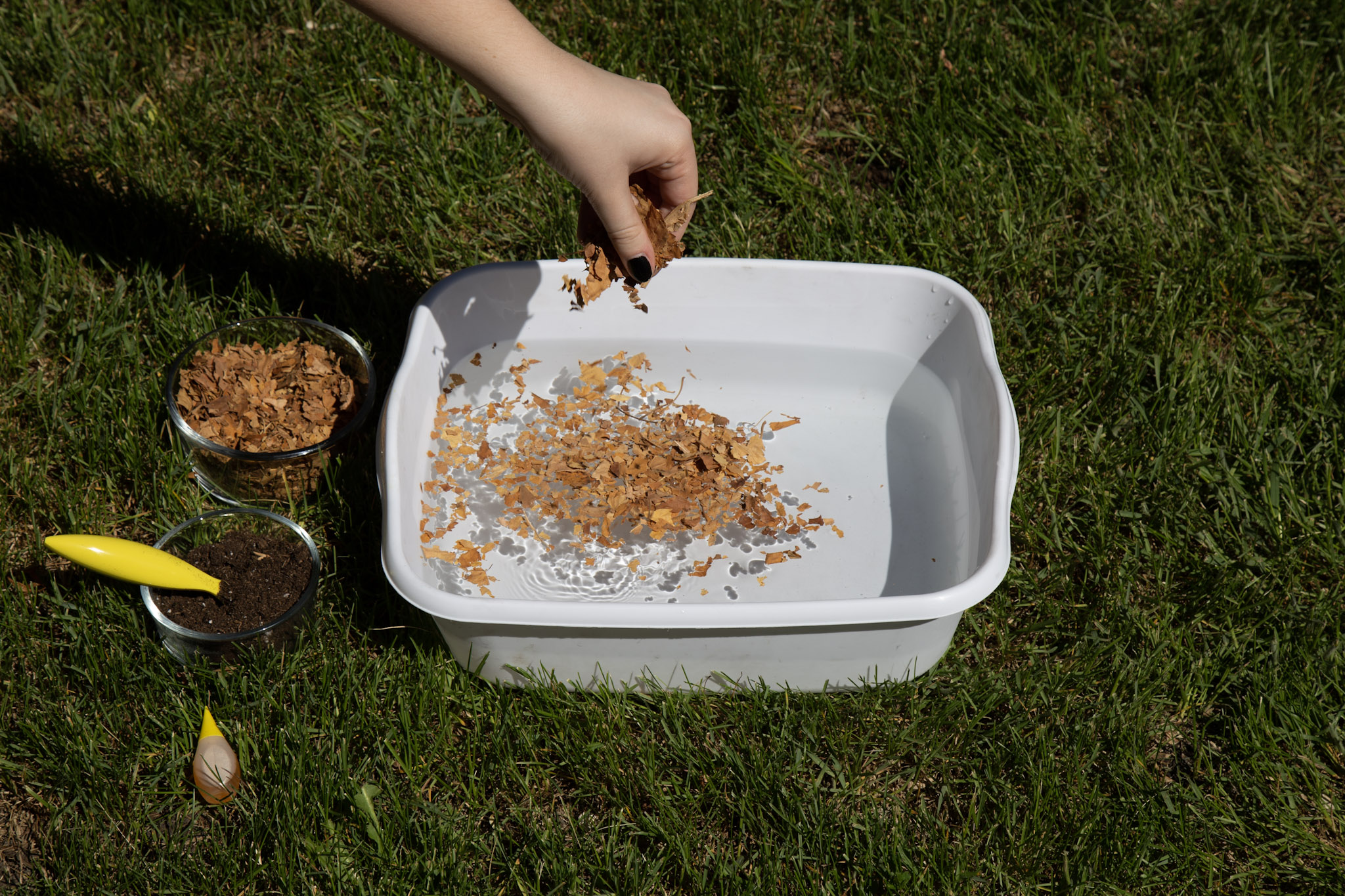
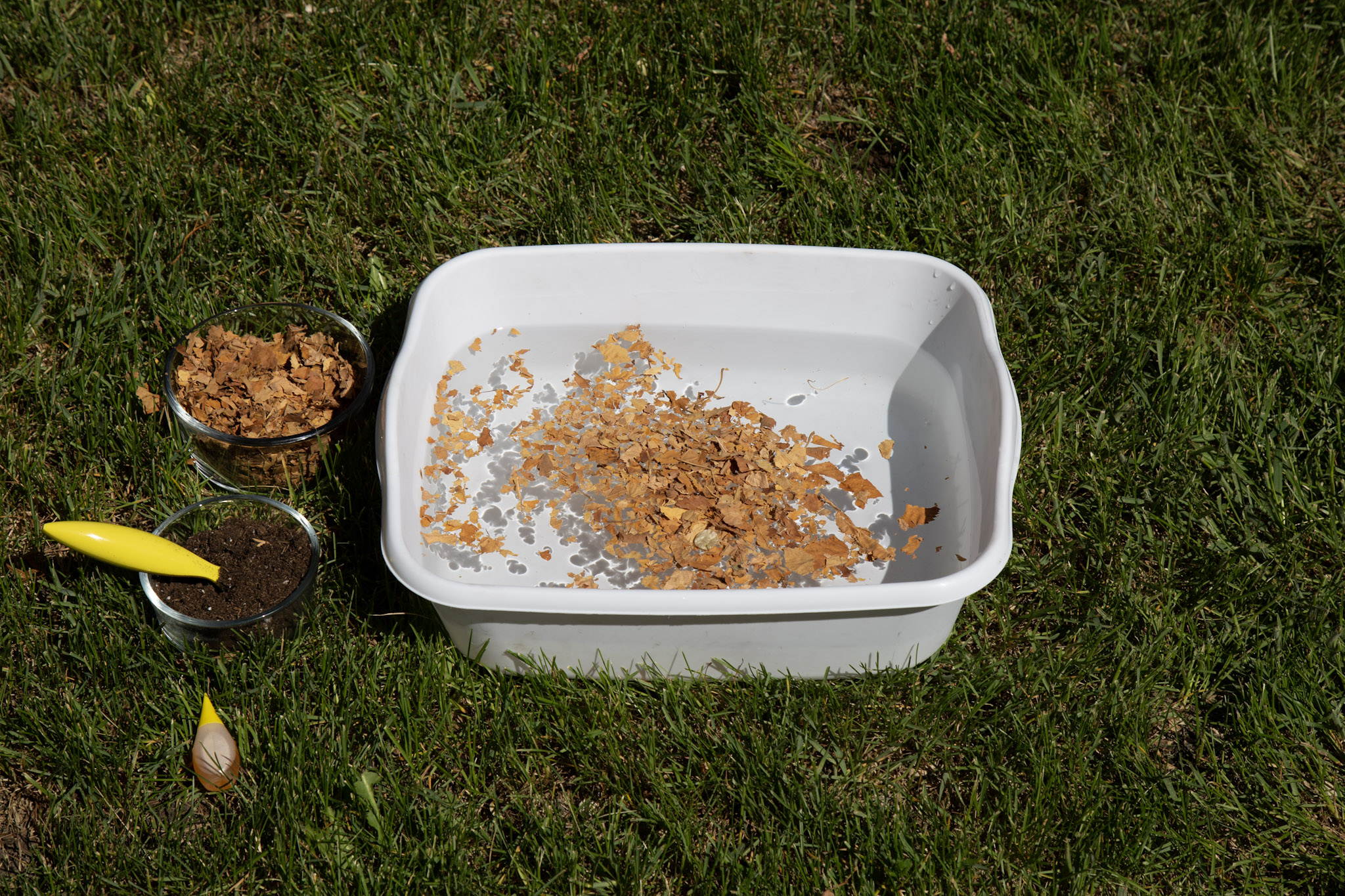
Step 3) Add the dirt to the water. Tell the child that the dirt is like sewage pollution. This is anything from when we flush the toilet to the water used for washing the dishes. Wait until the dirt has spread out and then ask the child to try and scoop it out.
Ask them how they can help prevent sewage pollution. A few examples include: minimizing water use (turning the tap off while it’s not being used, not putting oils and greasy foods down the sink, using biodegradable soaps, and if possible getting a rain barrel).
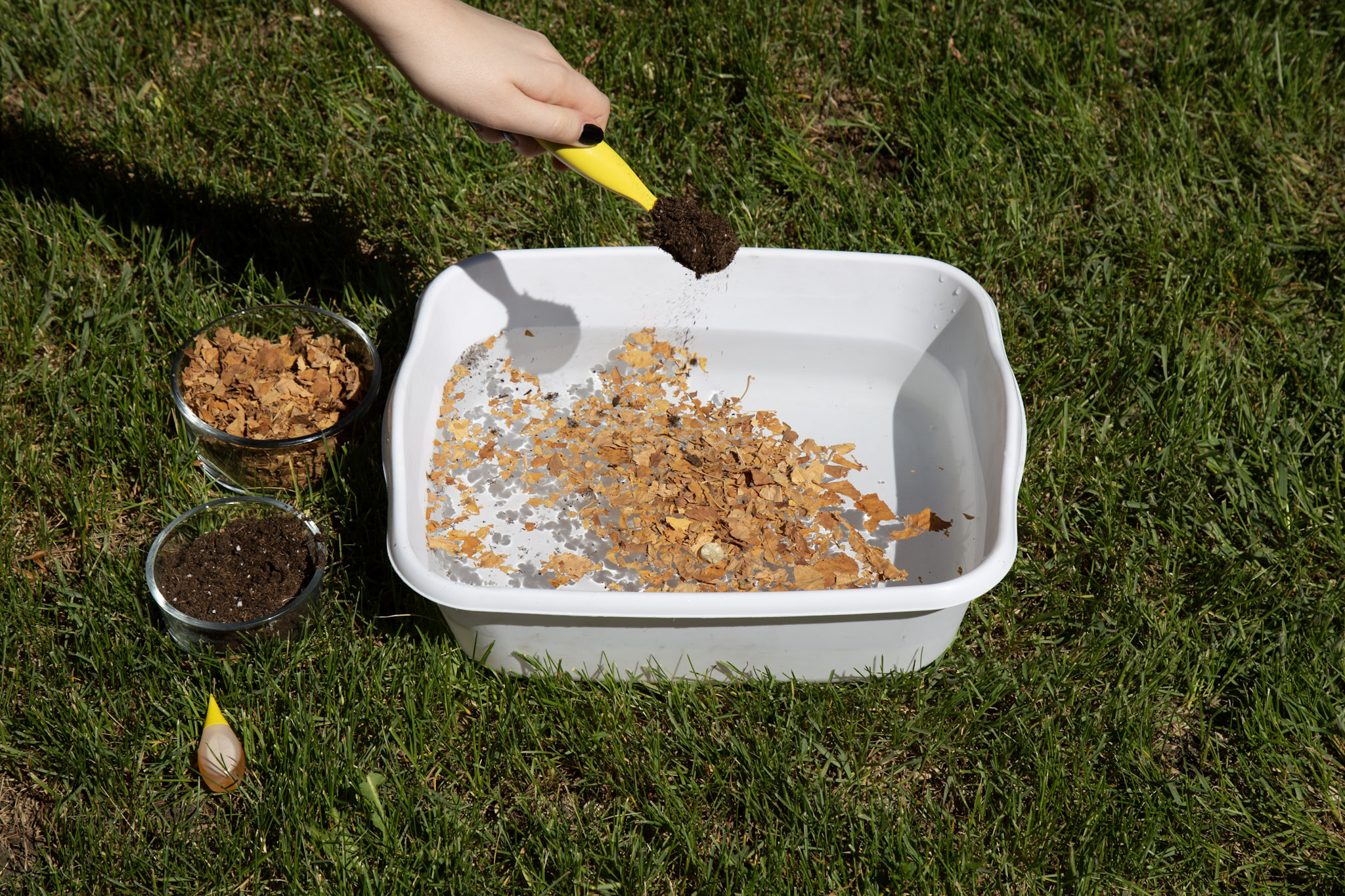
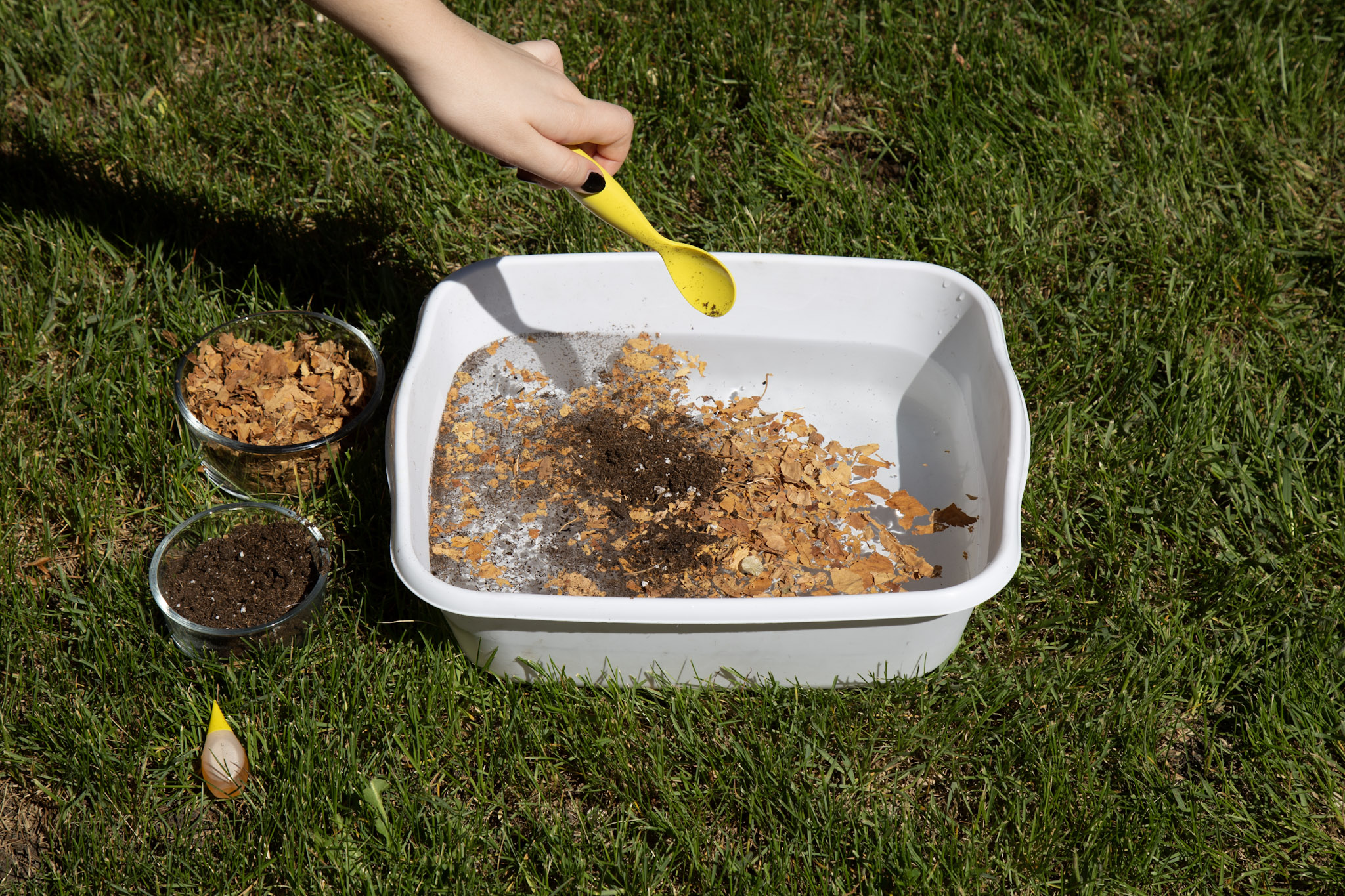
Step 4) Add two drops of food colouring to the bin of water. Tell them this is like oil and gas and chemical pollution that gets into the water. Ask the child to try and scoop this out with a spoon. They can scoop it out onto the grass or in a separate bin.
Ask the child what they think causes chemical pollution in the water. Ask them ways they can help reduce this kind of pollution. Examples include choosing sustainable modes of transportation, not throwing trash into a bonfire, putting a sweater on rather than turning up the heat.
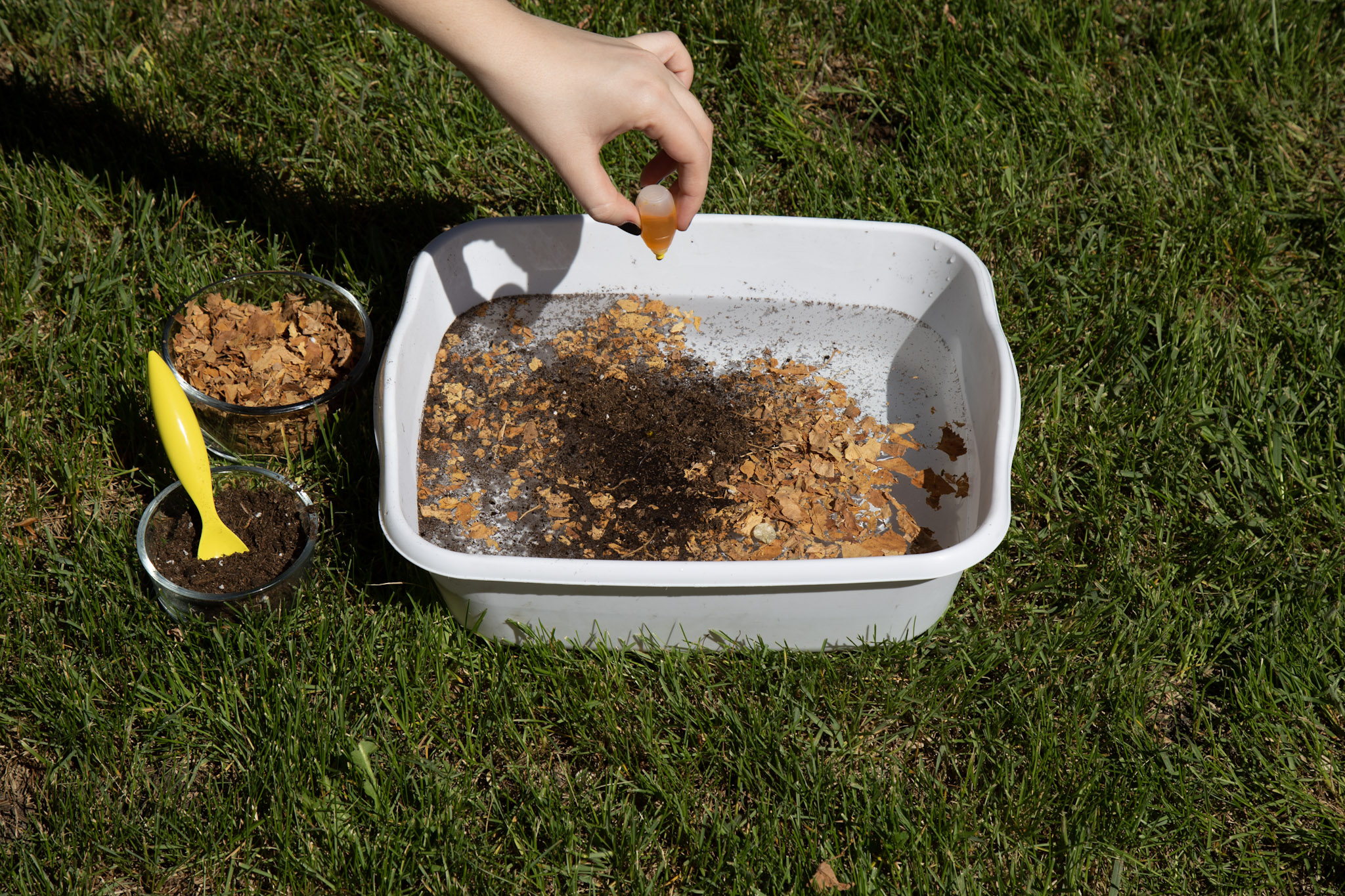

Step 5) After they have tried to scoop out all the “pollution,” ask them if it was easy. Ask them if they would like to swim in the “polluted” water. Ask them if they think it would be safe to drink. Tell them that it is very important to do our best to keep our rivers, lakes, and oceans clean and healthy.
After you are finished with this activity, you can dump the extra water on your grass, into your compost, or onto a tree. All the materials used are safe for the environment.

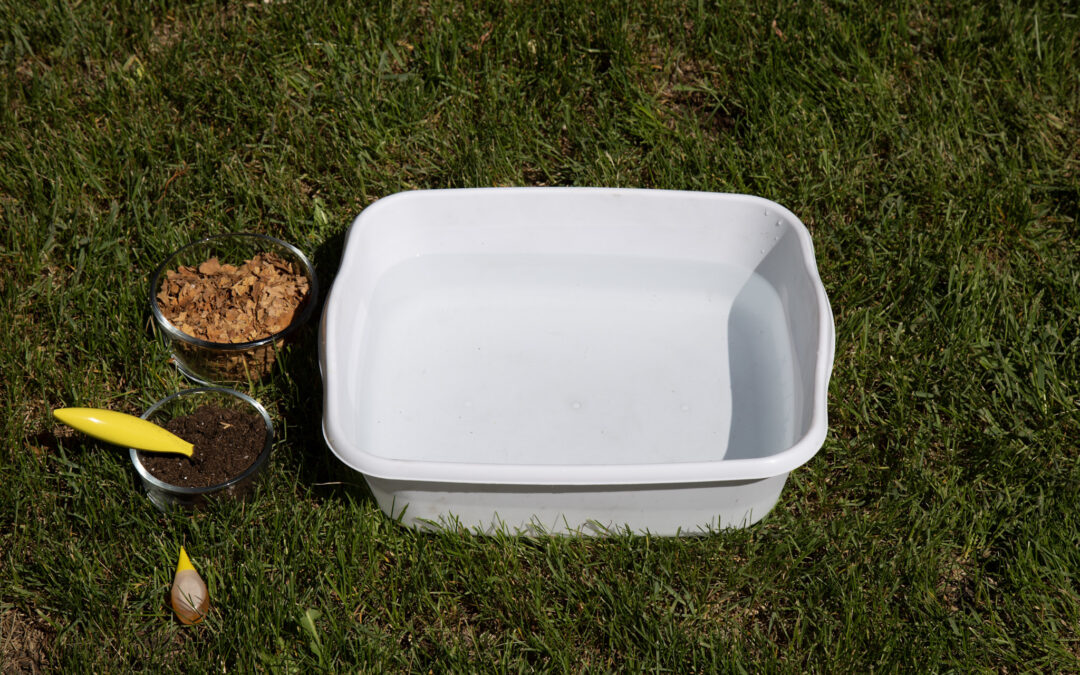


Recent Comments